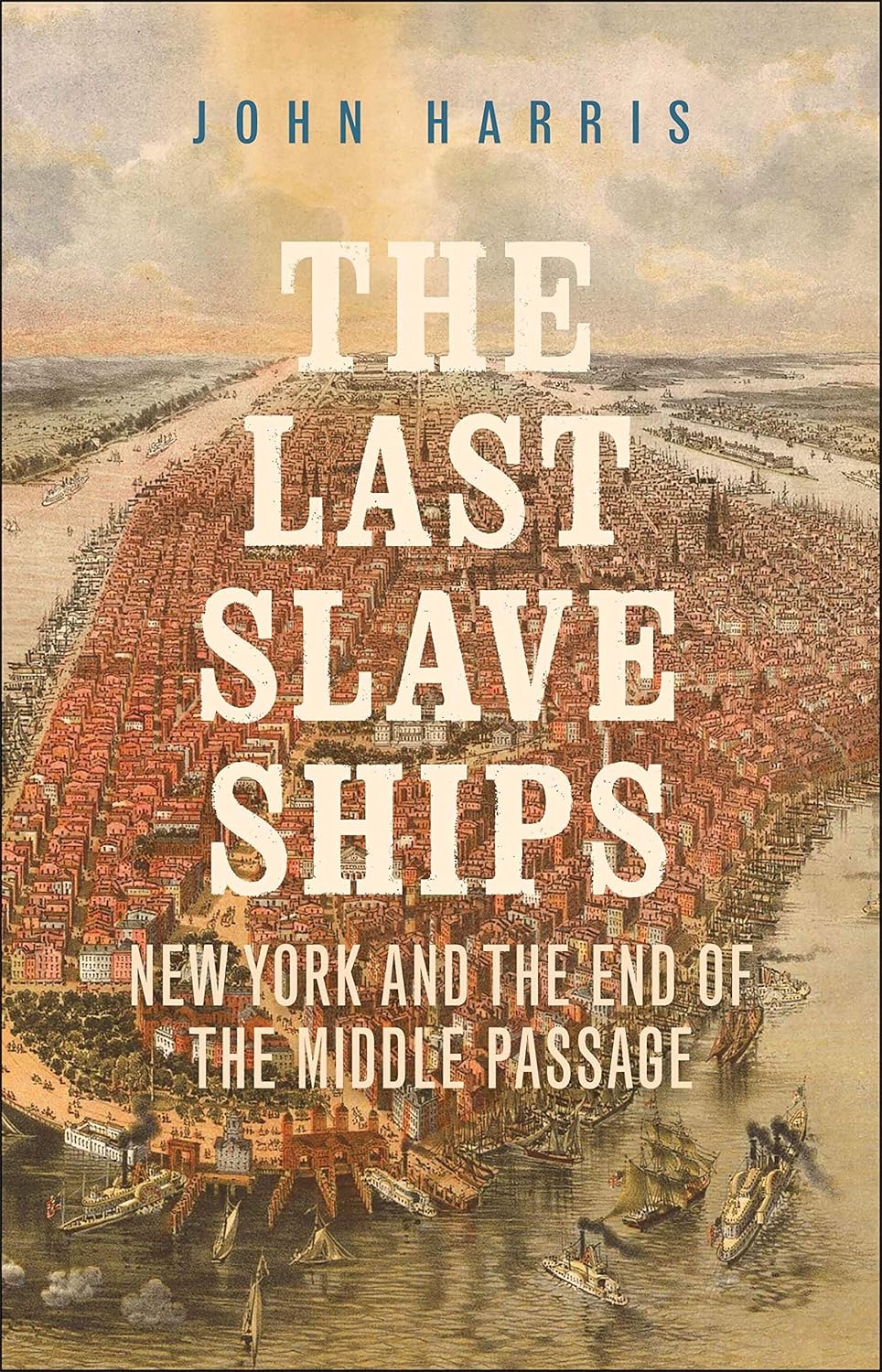On the one hand, the American Revolution dealt a severe blow to slavery in the United States. One state after another abolished slave trading, and in the 1790s the US became the first nation to begin actively suppressing it. In the northern states slavery itself was being abolished, some of the first abolitions in world history. From these would emerge a politically active community of free Blacks who went on to become leaders in the antislavery movement. At the same time, the new nation committed itself to restricting slavery’s expansion, setting the stage for the eventual admission of five more free states into the Union. Call this the invention of “the North.” But slavery in the plantation states in the South was also shaken by the Revolution. During the War of Independence tens of thousands of slaves escaped to the British, never to be returned to slavery. Tobacco and indigo plantations suffered devastating declines that in turn prompted a wave of manumissions, and with it the creation of free Black communities in the upper South.
Those emancipatory tendencies were soon checked, in part by forces unleashed by the Revolution itself. The rapid economic development of Britain and the United States produced an explosion of consumer demand for the products of slave labor, notably sugar, coffee, cocoa, and above all cotton, which resulted in an increased demand for African slaves. Thus the decades after the American Revolution witnessed human history’s first sustained efforts to destroy slavery, beginning in the northern United States and Haiti, and at the same time the dramatic revival of slavery—a “second slavery”—in Brazil, Cuba, Puerto Rico, and the southern United States.
All attempts to shut down the Atlantic slave trade operated within this contradiction. The history of the slave trade in the United States is, then, a story of significant moves to suppress it in the face of determined efforts to evade the laws against it. Harris’s book nicely illuminates both of these tendencies. The slave trade, he notes, “became indelibly marked by efforts to stop it.”
In 1794 and again in 1800 Congress made it a crime for American crews or ships to participate in the foreign slave trade. The US banned all slave imports in 1808, and between 1818 and 1820 the US defined slave trading as piracy, subject to the death penalty. Thereafter violations were rare, and few enslaved Africans were smuggled into the United States.
But that did not end US participation in the slave trade. The American shipbuilding industry was becoming the envy of the world, and vessels built in US shipyards—the famed Baltimore clippers, for example—came to dominate Atlantic trade, including the illicit slave trade. And there were always Americans willing to break the law by serving as captains and crew on illegal slaving voyages.
